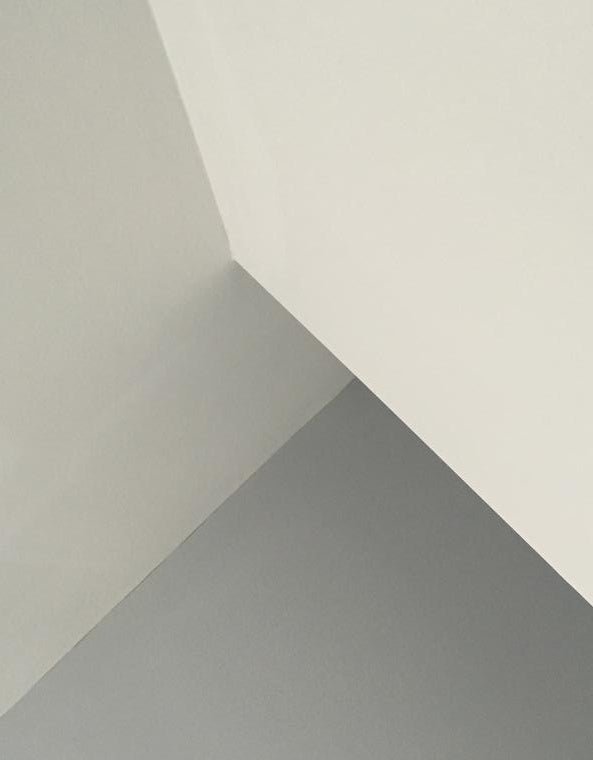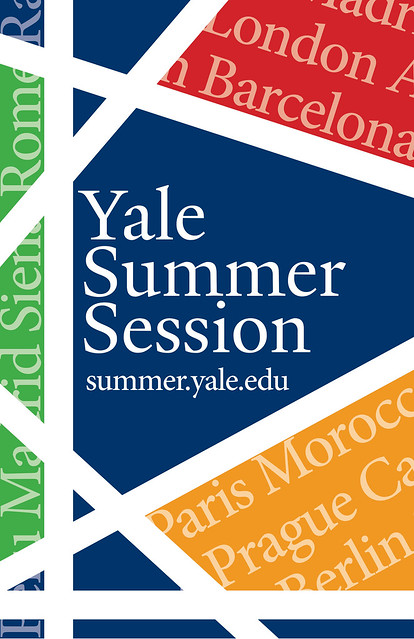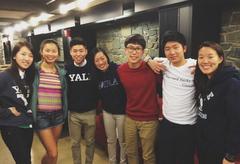
Above: a photograph I took for Graphic Design, focusing on depth and shading
Yale offers more than 2000 courses, and to graduate, you only need to take 36 of them. This year I realized how amazing of an opportunity this is and really tried to explore the 2000 courses in search of something that’s a little different from my Psychology-Neuroscience major requirements.
After a pretty busy shopping period, I set my mind on two courses that had little to do with my major – Introductory Graphic Design and Introduction to Marketing and Management. Graphic design was my first ever art class since high school, and marketing was the first pre-professional course I had taken at Yale. Marketing is offered at Yale’s School of Management, which is a graduate school, but the undergraduate system makes these graduate courses very accessible (everything from courses in the School of Art, Music, and Architecture). Graphic design, on the other hand, is offered at the Art School, where students have access to large-format printers, metal-type printing presses, book binding machines, and other amazing and cool creation tools.
In my graphic design class – a class of just 11 students of all majors – we learn typography, information hierarchy, software tools (InDesign and Illustrator), form, abstraction, and more. These topics were honestly a bit daunting in the beginning, but I’ve come to learn so much from the constructive critiques and lessons from the class that I feel more confident about taking a project head on. The professor is approachable, caring, and so supportive, allowing me to freely express my ideas even though I have never learned graphic design formally before this class. Another key thing is that work I’m doing for this class doesn’t feel like work at all. Working with shapes, software, and cutting and pasting is a relaxing and surprisingly therapeutic activity, and the work offers a study break from all my other classes.
Hypothetical poster design for Helvetica film screening
I’ve always been interested in brands and advertising, and marketing is like having backstage access to the companies and their strategy. We discuss marketing strategies of companies like Apple, Samsung, Airbnb, Costco, and Swatch, learning to apply what we learn to real-world cases and situations. The professor is famous in market research, and like my art teacher, is very approachable and humorous. It’s a different kind of work from my art class, but intriguing to find patterns in the consumer world I had never noticed before.
Graphic design and marketing are polar opposites in a way – graphic design plays with my creativity, pushing me to abstract on form and type, whereas marketing challenges me to be analytical, critical, and technical. These courses have motivated and taught me to think in different ways than my psychology and neuroscience courses have taught me. In addition, having different areas of study in my course schedule has helped me apply them in interdisciplinary ways – applying my marketing knowledge in psychology courses (consumer behavior and market decision making), my graphics design in my neuroscience courses (attention, distraction, information hierarchy), and vice versa as I apply my psychology knowledge in graphic design (emotion induction through imagery, flow of information).
Another hypothetical design I did for Yale Summer Session
Marketing and graphic design turned out to my favorite classes this semester. I’ve realized that I have so many opportunities to explore outside the boundaries of my major here, and the resources to do so are plenty. Yale’s 2000 courses is not just a number. It’s Yale’s way of saying that they understand the desire to explore and a way of encouraging students to go out of their boundaries and find something new that may be completely unrelated to what their diploma will say. I did just that, and I’m happy to say I have zero regrets.









